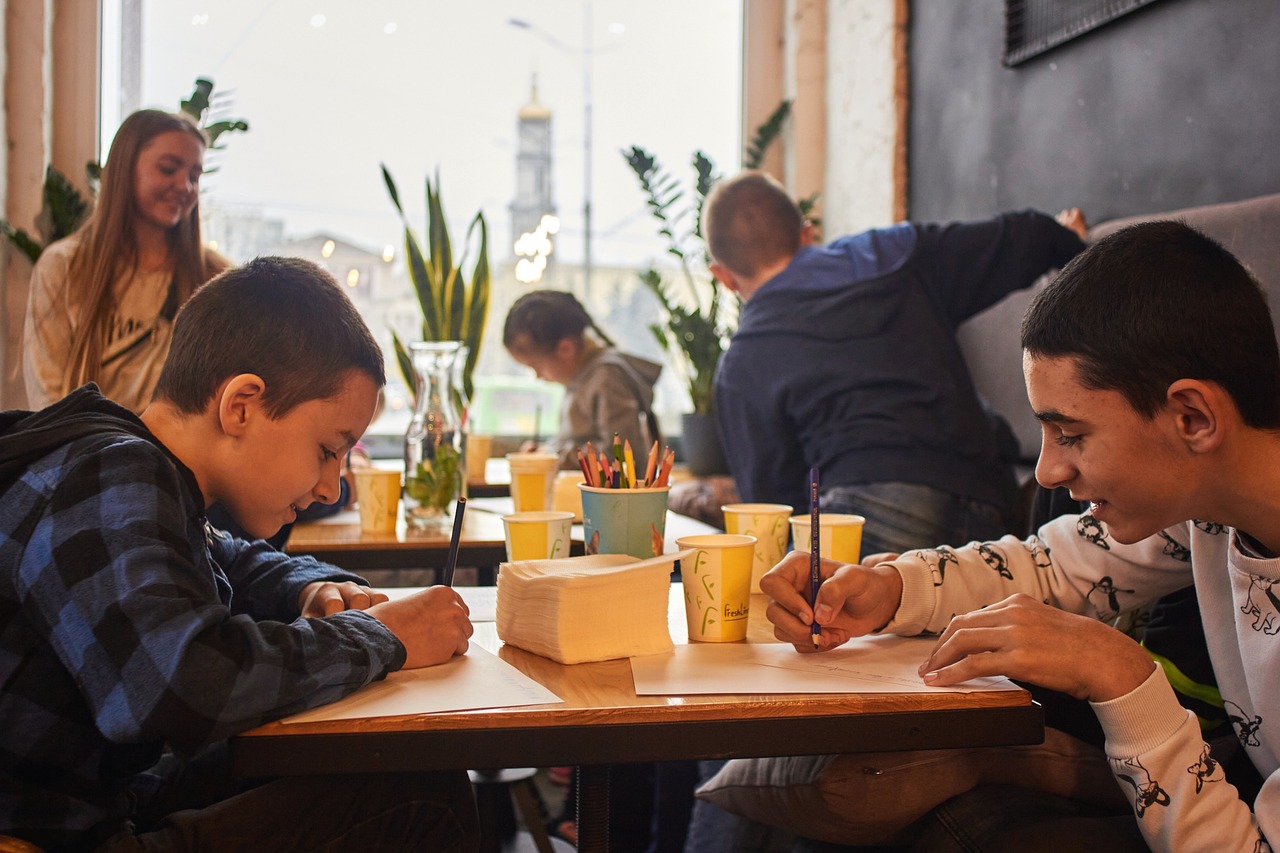Building Positive School Climate: Strategies for Creating Supportive Learning Environments
Establishing clear expectations for behavior is essential in creating a positive and productive learning environment. When students understand what is expected of them, they are more likely to follow rules and guidelines set forth by teachers and school administrators. By clearly outlining behavior expectations, teachers can help students navigate social interactions and understand boundaries within the classroom setting.
Consistency is key when establishing expectations for behavior. It is important for teachers to enforce rules fairly and consistently to ensure that all students understand the consequences of their actions. By setting clear boundaries and holding students accountable for their behavior, educators can help create a safe and respectful learning environment where students can thrive academically and socially.
Promoting Respect and Inclusivity Among Students
To foster a culture of respect and inclusivity among students, educators play a pivotal role in modeling these values in their everyday interactions. By recognizing and celebrating the diverse backgrounds, experiences, and perspectives present in the classroom, teachers can create a welcoming environment that promotes understanding and empathy. Encouraging students to engage in open and respectful discussions about important social issues allows them to appreciate different viewpoints and learn from one another’s experiences.
Creating opportunities for collaborative activities and group projects can also help students develop important interpersonal skills and learn to work effectively with their peers. By emphasizing the importance of listening actively, valuing each other’s contributions, and resolving conflicts peacefully, educators can nurture a sense of community and mutual respect among students. Teaching students to appreciate and embrace differences while recognizing the value of each individual’s unique identity can contribute to a harmonious and inclusive learning environment.
Encouraging Positive Relationships Between Students and Teachers
When it comes to fostering positive relationships between students and teachers, communication plays a key role. Open and honest communication helps in building trust and understanding between both parties. Teachers should actively listen to their students, show empathy, and provide constructive feedback to create a supportive learning environment.
Moreover, showing genuine interest in students’ well-being and academic progress can further strengthen the bond between teachers and students. Taking the time to get to know each student individually, understanding their strengths and challenges, and offering guidance and encouragement can go a long way in nurturing positive relationships. By creating a safe and welcoming space where students feel valued and respected, teachers can establish a foundation for effective communication and mutual respect.
• Actively listen to students and show empathy
• Provide constructive feedback for growth
• Show genuine interest in students’ well-being and academic progress
• Get to know each student individually
• Offer guidance and encouragement
• Create a safe and welcoming space for students
How can teachers establish clear expectations for behavior in the classroom?
Teachers can establish clear expectations for behavior by setting and communicating rules, consistently enforcing them, and providing positive reinforcement for good behavior.
What can be done to promote respect and inclusivity among students?
To promote respect and inclusivity among students, teachers can encourage open communication, address any instances of bullying or discrimination, and celebrate diversity within the classroom.
How can positive relationships between students and teachers be encouraged?
Positive relationships between students and teachers can be encouraged by showing empathy, being approachable, and providing support and guidance to students when needed. Building trust and creating a safe and supportive environment are also key factors in fostering positive relationships.







